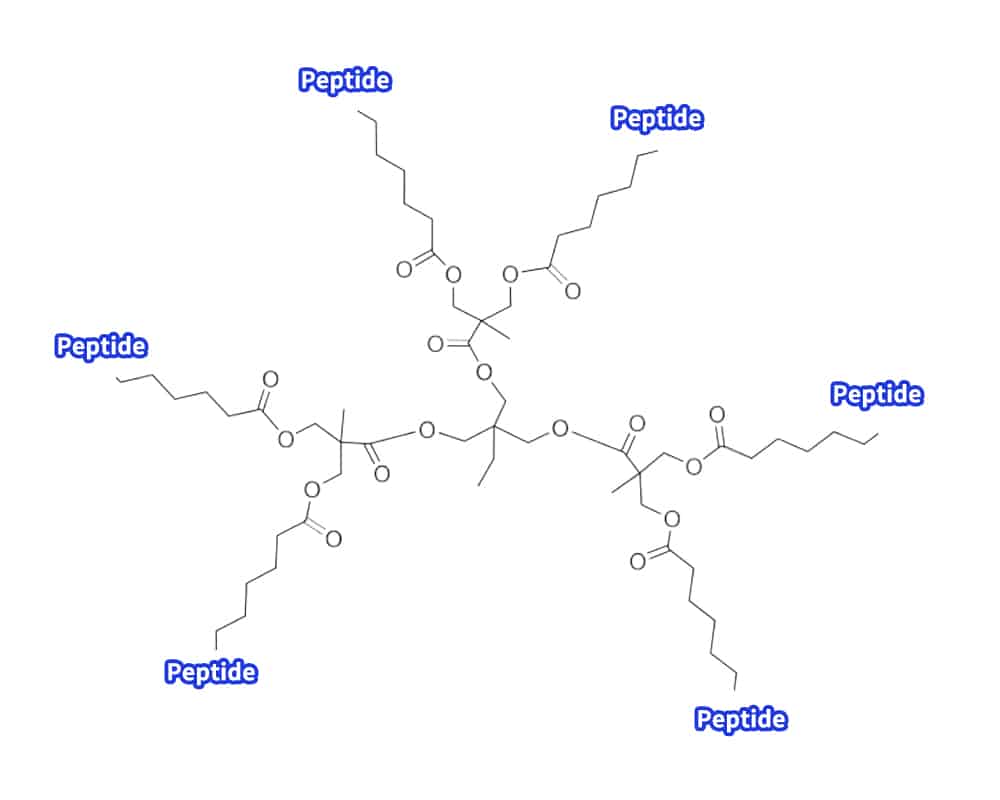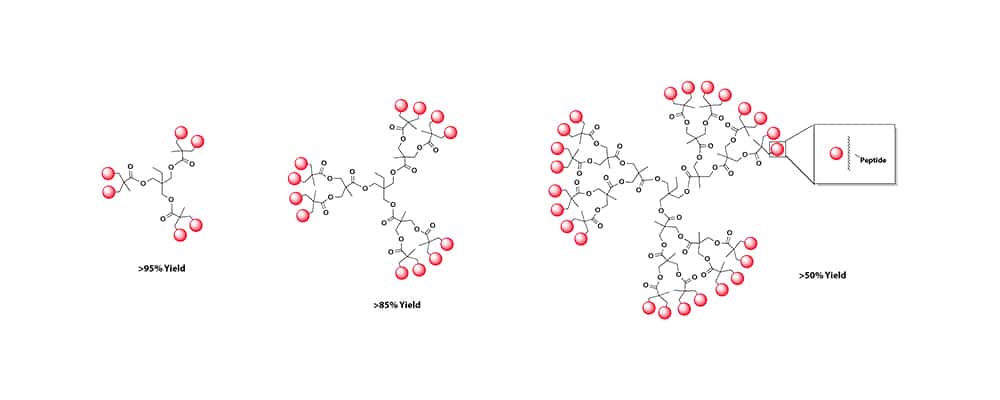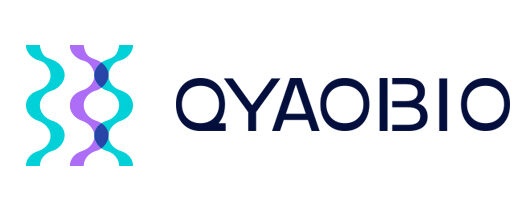Antigenic Peptides
Antigenic peptides are synthesized from short amino acid sequences of the native target protein.
Antigenic peptides are synthesized from carefully-selection and short amino acid sequences of the native target protein. This is an alternative method once the target proteins are limited and unavailable. As the limit amount of potential epitopes, these antigenic peptides are ideal antigens for detecting post-translational modification (PTM) sites on targeting proteins.
Although peptide antigens are attractive of generation cost and speed, it is critical to consider the limitations. Protein antigens can elicit antibodies against conformational epitopes, while antibodies raised against peptide antigens can only recognize linear epitopes. The primary value of peptide antigens is in the context of PTM detection.
Peptide Antigens
Peptide antigens are the alternative method of full length proteins in the generation of custom antibodies. As antigenic peptides mimic specific parts of the targeting proteins, this provides various advantages in different situations.
Advantages of Antigenic Peptides
- Once the target proteins have known amino acid sequences, but the proteins are not available in stable or intact structure. Peptide antigens provide a smart solution for antibody generation.
- Peptide antigens method provides flexible antigen selection and design for domains of targeting proteins.
- Peptide antigens are useful for antibodies against post-translationally modified binding sites on target proteins.
- Well-defined epitope in peptide from the start.
- Easy protein sequence with low cross-reactivity chance.
- Cost-effective antigens with fully synthesis and short time.
Design Strategies for Peptide Antigens
Although many peptide sequences are immuno-genic, it is not equally effective in antibody generation with reactivity against the target proteins. There are several factors to consider for successful peptide antigens, including:
- The accurate amino acid sequence of target proteins.
- The predicted 2D / 3D structure of the intact proteins.
- The selected domain/region of proteins to mimic.
- The conjugation requirement of larger carrier proteins.
Therefore, the general recommendations of peptide antigens design are as following:
- Ensure the correct identification of species and protein sequences.
- Select the peptide antigen from the solvent-accessible region of native proteins.
- Design peptide antigens to cover the specific epitope of interest.
- Mimic the tertiary structure of antigens optimally, according to 3D-structure of targeted domain in the intact proteins.
- Peptide-protein conjugation is recommended due to peptide antigens are too small to generate the significant immune response.
Synthesis of Antigenic Peptides
The synthesis ease of specific peptide sequences should be considered in the design of peptide antigens. Both hydrophobic and hydrophilic residues are included, hydrophobic amino acid content should keep below 50%, while long chains of hydrophobic residues should avoid. In addition, it is favorable to incorporate amino acids with immunogenicity promoting, such as basic and aromatic amino acids.
For peptide solubility, the charged residue (arginine, glutamine, aspartic acid, or lysine) should be incorporated within at least every five amino acids. The solubility can also be improved by conservative replacement or polar residue addition.
QYAOBIO applies professional capability and expertise for the synthesis of peptide antigens, including conformational constraints, conjugation and biotinylation.
Peptide Antigen Options
Multiple Antigenic Peptide (MAP)
Multiple antigenic peptide (MAP) is a branch of artificial peptides, this kind of peptides have the scaffolding core of Lys residues, in order to support the formation with various peptide sequences less than 8 branches. As MAPs have the high molar ratio of peptide antigen to core molecule, there is no need of addition carrier protein to elicit the antibody response. Multiple antigenic peptides are applied for antibodies generation in immunological studies and researches.

In multiple antigenic peptide, the α- and ε-amino groups of lysine form the core backbone, then multiple peptide chains attach to these groups. The lysine core can support up to 8 branches with varying or same peptide sequences. Although peptide conjugation with large carrier proteins like KLH, BSA. Some certain native peptides still render consistently low immunological response. Multiple Antigenic Peptide is a popular alternative once carrier proteins are insufficient or infeasible for immunizations. The presentation of peptides in branched forms can increase the immunological response enormously.

The most common MAP synthesis method is Standard SPPS. This process includes:
- Anchor Boc-Lys(Boc)-OH to the resin
- Sequential treatment with TFA, Deprotection
- Coupling, and Deprotection cycles
As there is no known protein branches in nature, the synthesis of MAP need to avoid obvious issues. Such as the strict spacing between eight branches may lead to peptide aggregation on the resin, and further low coupling yields and peptide deletions.
Peptide-carrier Protein Conjugates
Peptide-carrier proteins conjugates are another class of peptide antigens, these are useful once the epitope is at the c-terminus of peptides. In peptide-protein conjugation process, the peptides are synthesized in the conventional way with Cys groups at either C-terminals or N-terminals, then conjugate with the carrier proteins in a separate process.
Multiple Antigenic Peptides vs Peptide-carrier Protein Conjugates
QYABOBIO has thorough expertise in peptide synthesis for superior peptide antigens for antibody generation. We have leading expertise in design and synthesis of complex peptide antigens.
Call Us
+86(021)-50795728
+86(027)-60707970
